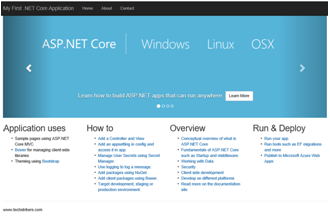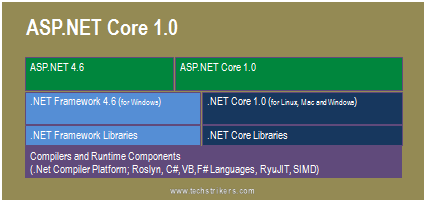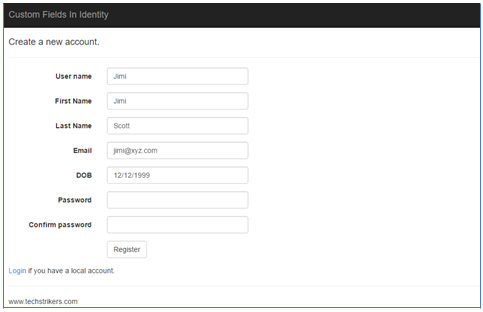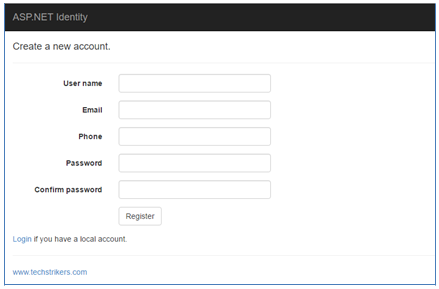Features of C Language
The C programming language is a powerful and widely-used programming language that was developed in the early 1970s by Dennis Ritchie at Bell Labs. It has been used to develop many different types of applications, including operating systems, embedded systems, and applications in a variety of industries.
One of the key features of C language is that it is a structured programming language. This means that it is organized into logical blocks of code that are easy to understand and maintain. C language also has a number of other features that make it a powerful and versatile language for programming. Features of C Language:
Strongly Typed Language
C language is a strongly typed language. This means that all variables must be declared with a specific data type, such as integer, float, or character. The compiler checks the type of data being used in the program to ensure that it matches the data type declared for each variable. This prevents errors from occurring when data is used incorrectly in the program.
In addition, C language also has strict rules for typecasting, which helps to ensure that data is not lost or corrupted when it is converted from one type to another.
Portability
C language is a highly portable language. This means that programs written in C language can be compiled and executed on a wide range of platforms and operating systems. This portability is due to the fact that C language was designed to be machine independent, which means that it can be used to write code that can be compiled and run on different hardware platforms.
The portability of C language is also due to its standard libraries. These libraries contain a set of functions that can be used to perform common tasks, such as input/output, string manipulation, and memory allocation. These functions are standardized, which means that they are the same across different platforms and operating systems.
Low-Level Programming
C language is a low-level programming language. This means that it provides direct access to the underlying hardware of a system, such as the CPU and memory. This low-level access allows programmers to write code that is highly optimized and efficient.
In addition, C language also provides support for inline assembly code. This allows programmers to write assembly code directly in their C code, which can help to further optimize performance.
Modular Programming
C language supports modular programming. This means that programs can be organized into separate modules or functions that can be compiled and linked independently. This makes it easier to write and maintain large programs, as each module can be developed and tested independently.
In addition, C language also supports dynamic memory allocation, which allows programs to allocate memory at runtime. This can be used to create dynamic data structures, such as linked lists and trees, which can be used to store and manipulate large amounts of data.
Pointers
C language provides support for pointers. Pointers are variables that store the memory addresses of other variables. This allows programmers to write code that can manipulate the memory directly.
Pointers can be used to create dynamic data structures, such as linked lists and trees, and can also be used to pass data between functions. In addition, pointers can be used to create efficient algorithms, such as those used in sorting and searching.
Structured Programming
C language supports structured programming. Structured programming is a programming methodology that emphasizes the use of control structures, such as loops and conditionals, to create well-organized and readable code.
C language provides support for a wide range of control structures, including if-else statements, switch statements, while loops, do-while loops, and for loops. This makes it easy to create structured and efficient code.
Standard Libraries
C language provides a large set of standard libraries. These libraries contain a wide range of functions.
Standardization
One of the main reasons that C is a plagiarism-free language is that it has been standardized by the International Organization for Standardization (ISO) and the American National Standards Institute (ANSI). This means that the syntax, grammar, and semantics of the language are well-defined and documented, which reduces the risk of plagiarism.
The standardization process for C began in the late 1980s, and the first C standard was published in 1989. The standard has been updated several times since then, with the latest version being ISO/IEC 9899:2018.
Open Source
Another reason that C is plagiarism-free is that it is an open-source language. This means that the source code for the language is freely available and can be modified and distributed by anyone. This makes it easier to detect and prevent plagiarism because the source code is widely available for inspection.
In addition, the open-source nature of C has led to the development of many free and open-source libraries, tools, and applications, which further promotes the use of C as a plagiarism-free language.
Efficiency
C is a highly efficient language, which means that it can be used to develop software that runs quickly and uses minimal resources. This makes it an ideal language for developing system software, such as operating systems, device drivers, and network protocols.
The efficiency of C also makes it easier to detect plagiarism because plagiarized code that is inefficient or poorly optimized will be more easily detected during code review or testing.
Simplicity
Finally, one of the reasons that C is a plagiarism-free language is that it is a relatively simple language. It has a small set of keywords and a simple syntax, which makes it easier to learn and use.The simplicity of C also makes it easier to detect plagiarism because plagiarized code that is overly complex or that does not follow the simple syntax of the language will be more easily detected during code review or testing.
Speed and Efficiency
C is a low-level programming language, which means that it provides direct access to the underlying hardware of a system, such as the CPU and memory. This low-level access allows programmers to write code that is highly optimized and efficient. In addition, C language also provides support for inline assembly code, which allows programmers to write assembly code directly in their C code, which can help to further optimize performance.
Modularity
C language supports modular programming. This means that programs can be organized into separate modules or functions that can be compiled and linked independently. This makes it easier to write and maintain large programs, as each module can be developed and tested independently.
Flexibility
C language is a highly flexible language that can be used for a wide range of programming tasks. It can be used to develop operating systems, embedded systems, and applications in a variety of industries, including finance, healthcare, and manufacturing.
Widely Used
C language is one of the most widely used programming languages in the world. This means that there is a large community of developers and resources available to help programmers learn and use the language effectively
These features make it an ideal language for developing open-source projects and commercial software applications. Additionally, the features of C also make it easier to detect plagiarism, which helps to maintain the integrity of the language and its applications.









